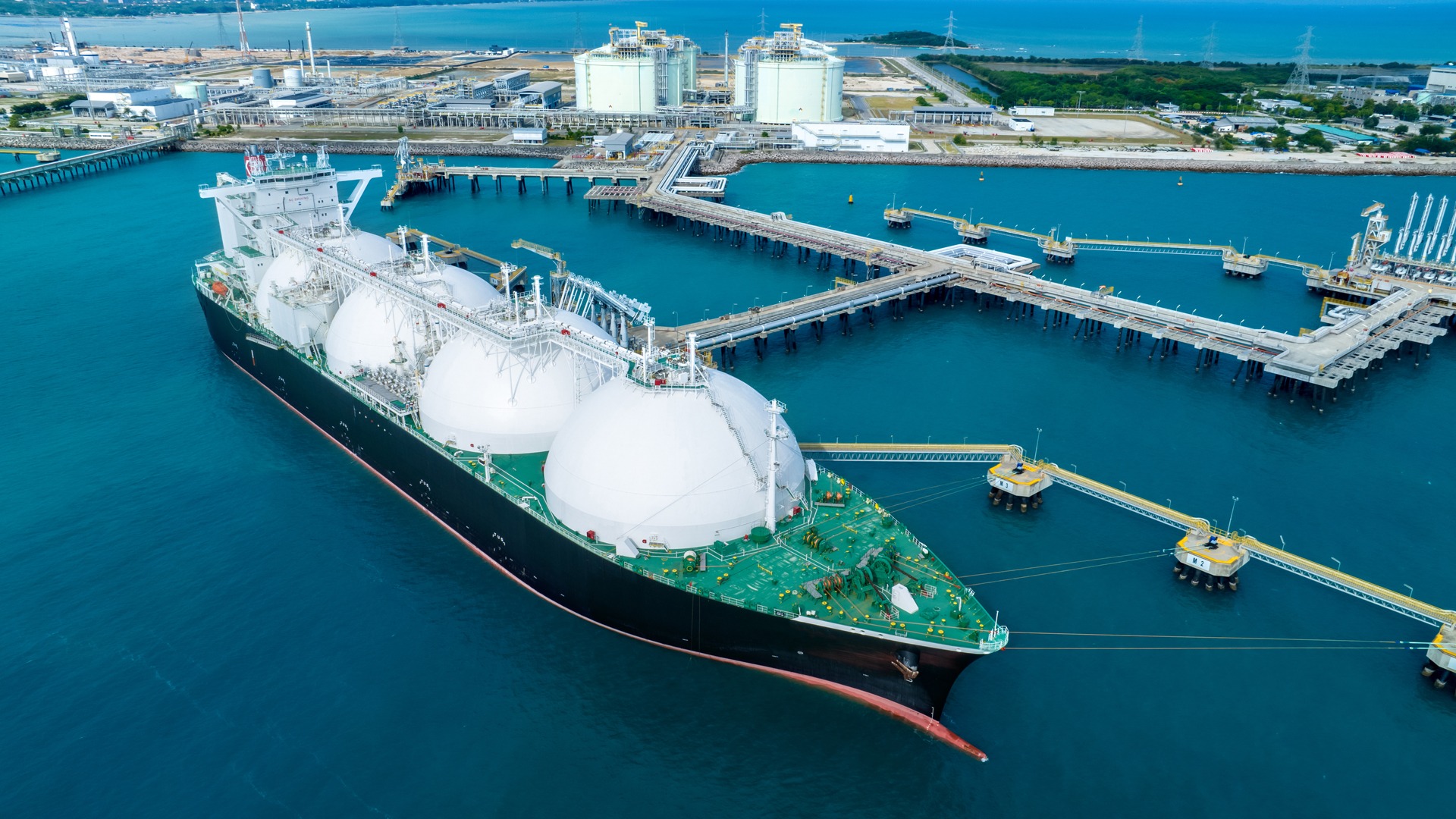In the coming year, the United States is set to establish its first presence in a key route for selling natural gas to Asia, and the pathway runs directly through Mexico. This move reflects the significant transformation in the global energy landscape driven by the U.S. becoming a dominant force in gas production.
The new route is expected to significantly reduce travel times to energy-hungry Asian nations by transporting natural gas to a shipping terminal on Mexico’s Pacific Coast. This alternative route circumvents the congested and drought-affected Panama Canal, potentially cutting travel times roughly in half.
The development of this terminal signifies a monumental shift in the gas trade, impacting fossil fuel usage worldwide and influencing efforts to combat climate change. The U.S. fracking boom has positioned the country as the leading gas producer and exporter globally.

Gas Export (Credits: Asia Natural Gas & Energy Association)
Simultaneously, there’s a global trend of increasing gas consumption, particularly in power plants, factories, and homes, as countries seek cleaner alternatives to traditional fuels like coal. Growing demand for gas is notably observed in China, India, and rapidly industrializing Southeast Asian nations.
In Mexico, the focal point of this shift is currently the Energía Costa Azul gas terminal. Originally designed to receive gas from Asian tankers and supply it to California and Arizona for electricity generation, the terminal is undergoing a $2 billion transformation.
Located between Baja California’s agave-covered mountains and the vast Pacific Ocean, it is being converted into an export facility for American-produced gas. This marks the initial phase in a broader plan to establish a network of gas exporting facilities along Mexico’s West coast.
The significance of this development lies not only in the economic aspects of gas trade but also in its environmental implications. The shift towards natural gas, considered a cleaner alternative, aligns with global efforts to reduce reliance on more polluting energy sources.
The evolving dynamics in the gas trade are expected to shape the energy landscape for years to come, influencing both economic and environmental policies on a global scale.























